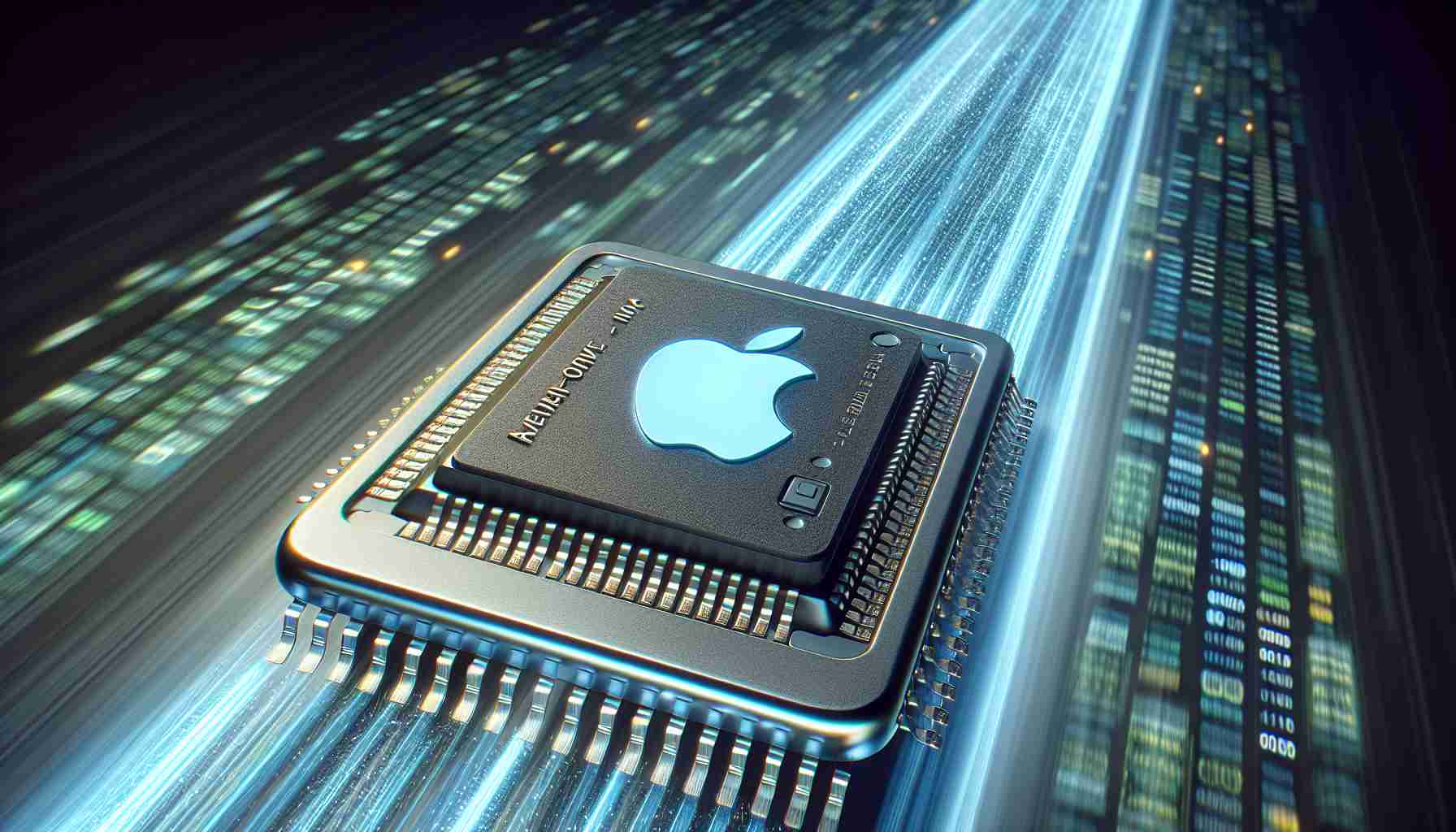Apple’s Strategic Move Towards Homegrown AI Chips
Pushing the boundaries of artificial intelligence, Apple has dedicated its efforts to running AI models, distinct from Nvidia’s stronghold in developing AI chips. For years, Apple has been crafting its proprietary silicon for devices, and developing in-house AI chips could secure a strategic advantage amid the AI market hype.
Investors Eager for Apple’s AI Vision
Although Apple has remained tight-lipped about its AI aspirations, a sense of anticipation is rising among investors and analysts. Insinuations by CEO Tim Cook hint at active AI projects and upcoming AI software announcements during the renowned Worldwide Developers Conference scheduled for June 10-14.
Announcement Teasers and Market Performance
Cook’s recent statements have sparked excitement about the potential integration of generative AI in Apple products, with more details promised in the weeks to follow. Amidst this backdrop, an Apple event is on the horizon, likely to unveil the latest iPad iteration. Despite a 3% dip in Apple shares this year, the tech giant shows resilience against the Dow Jones Industrial Average’s 3% gain.
Significance of Apple’s In-House AI Chip Development
Apple’s decision to develop in-house AI chips is significant for several reasons. Firstly, by designing their own chips, Apple can better optimize hardware and software integration for AI tasks, leading to performance gains in its devices. The move aligns with Apple’s long-term strategy of controlling the core technologies in its products.
Key Questions and Answers
– Why is Apple developing its own AI chips? Apple seeks to enhance performance and improve integration between AI applications and hardware, maintain control over its technology stack, and potentially reduce reliance on third-party vendors like Nvidia.
– How could Apple’s development of AI chips affect its competition with other tech giants? By creating proprietary AI solutions, Apple could gain a competitive edge by offering unique features, better user experiences, and potentially more privacy-focused AI applications.
Key Challenges and Controversies
Supply chain management: As with any hardware component, ensuring a steady supply of materials and maintaining production efficiency are critical challenges.
Research and development: Investing in AI chip development is costly, and continuous innovation is necessary to keep up with competitors.
Privacy concerns: As AI becomes more ingrained in devices, Apple will face scrutiny regarding how it handles user data for AI processing.
Advantages and Disadvantages of Apple’s In-House AI Chip Design
Advantages:
– Performance: Custom AI chips can be tailored to deliver superior performance for specific applications on Apple devices.
– Integration: Vertical integration of hardware and software can lead to more efficient and seamless user experiences.
– Product differentiation: Unique AI capabilities can set Apple’s products apart from competitors.
Disadvantages:
– Cost: The initial investment in R&D for developing AI chips is substantial.
– Risk: In-house development carries the risk of delay or failure, which could be detrimental in the fast-paced tech market.
For more information about Apple and its ventures into technology, visit their official website at Apple. Please note that I cannot guarantee the relevance or availability of the information on third-party websites.

